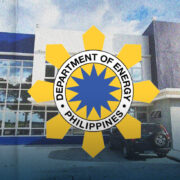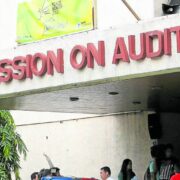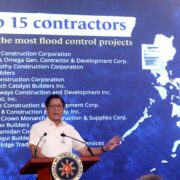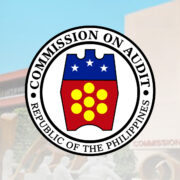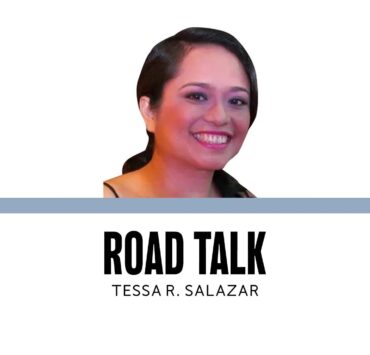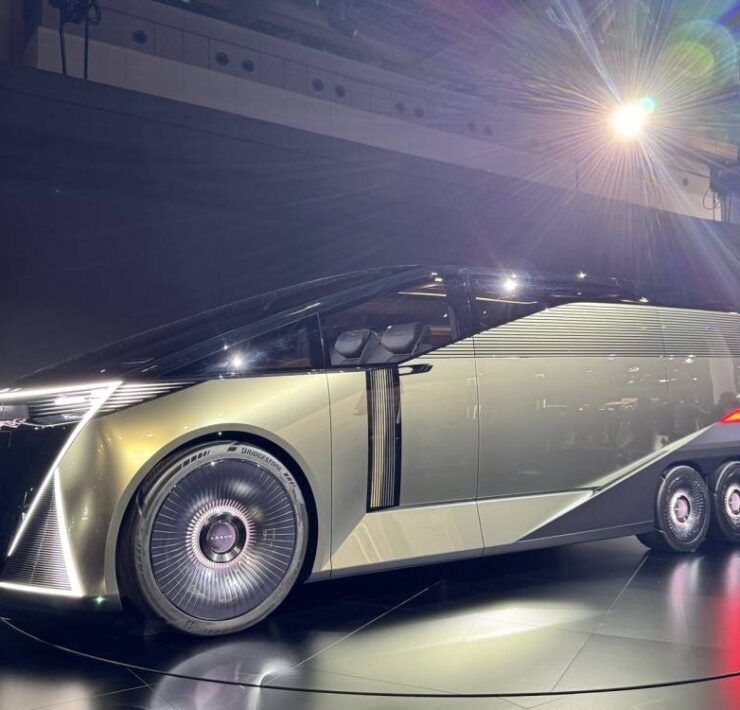Philippine-style driving habits I’d like to teach my child

Recent transport-related incidents this May broke my heart as a mother. The multiple-vehicular collision in SCTEX caused the death of six children and left a two-year old child orphaned. A car ramming through NAIA Terminal 1 took the life of a four-year old.
While my 3-year old son has a long way to go before he starts driving, these tragic incidents made me reflect on how I can train him to be a responsible driver on the road.
Based on my years of experience driving in the Philippines, here’s a list of Philippine-Style Driving Habits that I would like to teach my child:
1. Be defensive. Defensive Driving is a proactive approach that lowers the risk of accidents and enhances road safety. This involves situational awareness, avoiding distractions while driving (e.g., snacking, talking to someone), maintaining a safe distance from vehicles to enable more space and time to react to hazards. Defensive driving is especially important in the Philippines where other drivers tend to disregard or be ignorant of traffic rules, or lack the technical competence to drive. It’s not uncommon for trucks, buses, jeepneys and motorcycles to erratically shift lanes or to cut into other lanes. One must drive cautiously under the assumption that other drivers lack the necessary driving skills; or will intentionally disregard traffic rules or etiquette. Defensive driving also requires being conservative. This includes driving at a conservative speed (regardless of the speed limit) taking into account road conditions, and also being conservative in determining whether you’re fit to drive. If you feel sleepy or unwell, avoid driving until you feel completely alert or healthy.
2. Be informed. Information has two dimensions: information on the applicable laws and traffic regulations, and information on the infrastructure and road conditions in the Philippines. When I was growing up, we didn’t have laws penalizing Driving Under the Influence (DUI, or drinking and driving) and it was common for Filipinos to have a few drinks and still drive. It was only in 2013 that the “Anti-Drunk & Drugged Driving Act” was passed, and until recently I’ve had to educate my friends that this law now exists in the Philippines so they should avoid drinking if they’re driving. There are several traffic regulations and even ordinances that may apply depending on the area, and it’s important to know what these are to avoid violations. Because most parts of the Philippines have poor urban planning or mediocre infrastructure, it’s important to be informed of the area where you plan to drive. It’s not unusual to find irrationally-built roads which wind into different directions, or multi-lane roads that suddenly merge into a single-lane. There are areas which don’t have lamp posts to light the road at night, and areas which have electricity posts dangerously located in the middle of roads. Potholes are also common in many areas, which can lead to accidents or flat tires. Being informed of the infrastructure and road conditions is also crucial for selecting the appropriate car to drive. Some sports cars are not ideal for areas with large humps; or sedans tend to get stranded due to flooding during the rainy season in the Philippines.
3. Be disciplined. Knowing the traffic regulations becomes irrelevant if the willpower to comply is absent. It is said that most Filipino drivers lack discipline. This mentality might stem from a history of being able to bribe traffic enforcers to avoid penalties for traffic violations. It’s important to be disciplined at all times regardless of whether there are no traffic enforcers or CCTVs in an area. I often see Filipino drivers try to “singit” or sneak into the front of cars that have line-up patiently in a congested lane. It is tempting to follow suit and feel that you don’t want other drivers to gain an advantage over you. Discipline will help us resist the urge to commit traffic violations and can help protect ourselves from accidents.
4. Be resourceful. Given the traffic congestion and poor urban planning in most areas of the Philippines, technology and AI can be helpful tools to overcome these issues. Using apps like Waze can help avoid traffic. Using Waze made me discover small roads inside Metro Manila that serve as alternative routes when main roads are congested. Waze also identifies in real time when there’s an accident or a hazard. Other tools such as Hazard Hunter PH can also identify hazards or disaster risks for all areas in the Philippines.
5. Be patient. Technical skills are not enough to be a good driver in the Philippines, patience is a crucial virtue to have. The Philippines ranks highly as having one of the worst traffic problems in the world. Combine that with poor road conditions and drivers who lack competence, etiquette, or compliance, it’s easy to lose one’s temper—probably why road rage incidents have also been increasing in the Philippines. Keep your patience even when other drivers are at fault. If you find yourself in an incident with another driver that is hot-headed or aggressive, stay calm and be forgiving. Call the proper authorities instead of getting into an argument.
Driving in the Philippines has its own nuances. Even my husband (who is American) still finds it stressful and intimidating to drive in the Philippines. I’m sure my list is not comprehensive, but these are some of the basic tips that I would like to impart to my child when he’s old enough to drive.

